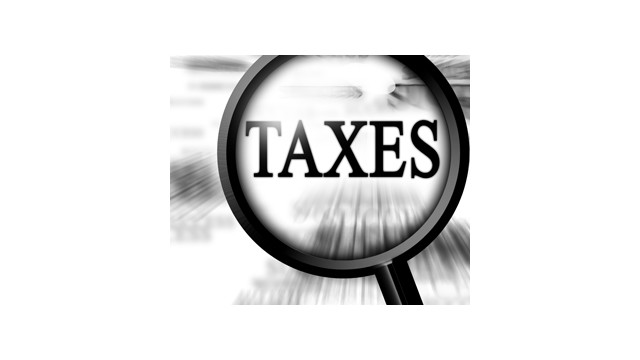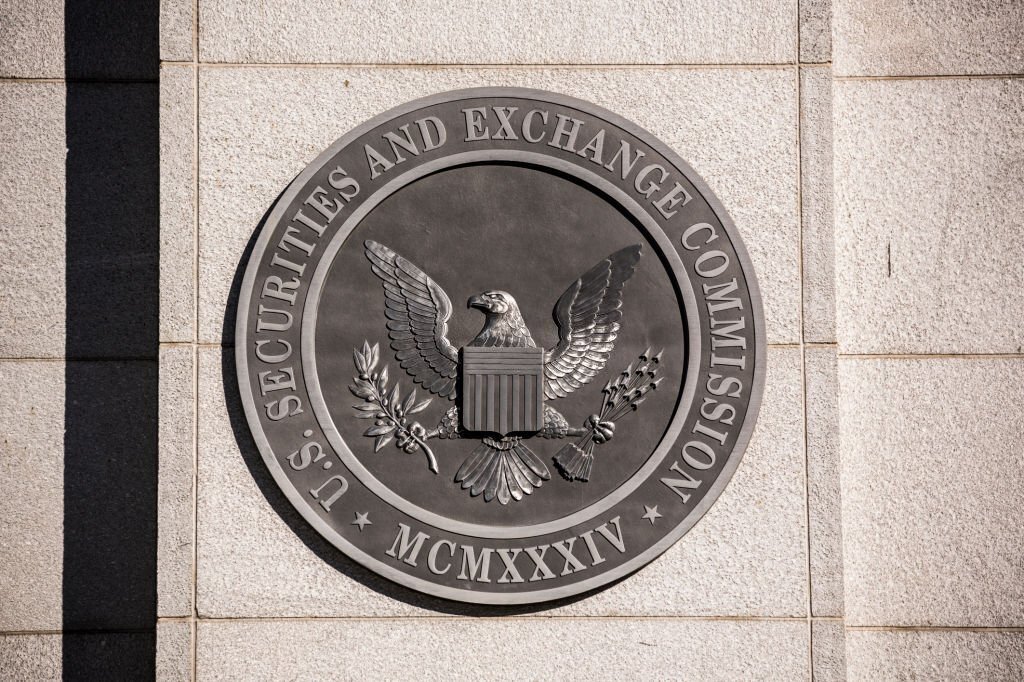The Tax Blotter is a round-up of recent taxation news.
A Simplified Employee Pension (SEP) is often an ideal way for small business owners like self-employed individuals to build up retirement savings while deducting the contributions.
Take your time. Do you want to set up a SEP for your small business? Such a plan generally operates like an IRA where contributions can grow without any current tax until withdrawals are made. For 2022, the contribution limit is the lesser of 25% of your compensation or $61,000 ($67,500 if you’re age 50 or older). Unlike IRA contributions, which must be made by April 15 of the following year, you still have until October 17, 2022 to set up and contribute to a SEP for 2021.
Earn your income. If you’re self-employed, you must have self-employment income to benefit from a SEP. In a new case, the taxpayer was an engineer who wasn’t earning anything from his business. So he took a full-time job with the government and then contributed $5,000 to his SEP for the 2017 tax year. Tax result: The Tax Court ruled that he couldn’t deduct the contributions because the business had no income and he didn’t report any self-employment income (Doberstein, TC Bench opinion, Docket No. 10557-21S, 4/27/22).
Postpone your RMDs. As with IRAs and most other qualified retirement plans, like 401(k) plans, you must begin taking required minimum distributions (RMDs) from a SEP after you reach age 72 (recently raised from age 70½). But, like many other business owners, you may decide to keep working into your seventies, even after you’ve sold the business. Key exception: You don’t have to take RMDs if you’re still working full-time as long as you don’t own 5% or more of the company.
Thanks for reading CPA Practice Advisor!
Subscribe Already registered? Log In
Need more information? Read the FAQs




![gavel1_11537663[1]](https://www.cpapracticeadvisor.com/wp-content/uploads/2020/03/gavel1_11537663_1_.5e6a69aa237a8.png)
